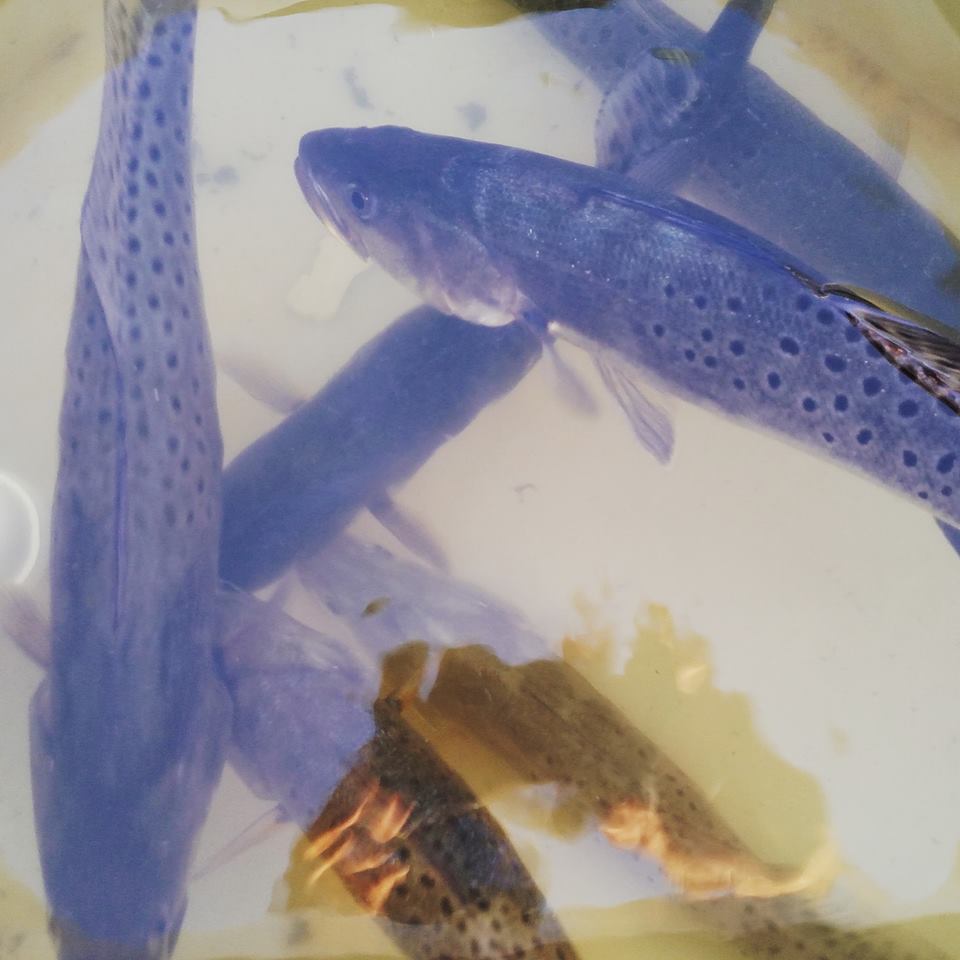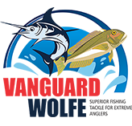How to Rig for Trout
Speckled Trout is one of the most targeted inshore species there is, due to their abundance in the Atlantic and around the Gulf of Mexico. Their fight and table fare makes them a well sought after fish for fishing guides and recreational anglers alike.
Speckled Trout are a schooling fish that can be found near the beaches of barrier islands and far into coastal rivers in their back waters. Trout habitats vary as they depend on shrimp, baitfish and crustaceans to feed on. They can be caught in grassy flats, around oyster beds or near the beach where shrimp and baitfish migrate.
Trout usually stay in the top of the water column but are also caught near the bottom, especially as the water temps start to drop and they seek shelter in deeper water. Some of the most used baits to target trout with are live shrimp and small baitfish such as mullet or small pinfish.

The use of a popping cork has become a staple in the recreational angler’s arsenal for targeting inshore species. There are many different types and styles of popping corks, and we suggest that you try and test different ones until you find one that works well for your application. There are “slip” style and “fixed” style popping corks. A slip style popping cork allows you to adjust your depth in which your bait is presented through the uses of a sliding cork, stopped by a knot in your mainline. A fixed popping cork is attached to your mainline and your bait is presented at the depth of your leader and hook. Each style is accompanied by a “trout” weight, which is a weight ranging from ¼ ounce to 2 ounces that have a swivel attached at one end and a ring on the other end for tying your mainline and leader to. Either way you go, a popping cork is an effective tool for every anglers tackle box for targeting trout. Another way to fish for trout is through the use of a “Carolina” rig to fish near the bottom for those deep dwelling trout when the water temps begin to fall.
Trolling and drifting is an effective way to make big trout bite when the water temps drop , as this gives a natural appearance of a baitfish moving with the current. Plus, you cover more ground to locate the schools of trout. When water temp plunges, trout slow down drastically and the appearance of your bait should reflect that as well. Jigs and other artificial lures are commonly used while trolling, although, you can use live baits such as shrimp and mullet.
A good all-around inshore rod and reel combo is a 7 ft. medium action spinning rod accompanied by a 2000 or 3000 size spinning reel, loaded with 20-30 lb. braided line. Finding a quality, sharp hook that that holds up to the pressure of an angry trout is crucial. Vanguard Wolfe offers the “Catch All” Kahle hook for your inshore fishing needs. Kahle hooks are a fundamental part of every angler’s arsenal when it comes to fishing inshore species like trout. The unique curves and bends in this hook allow for it to grab ahold of and stay placed in the trout’s mouth as you reel it in. Setting the hook on a trout is paramount and the initial “jerk” to place the hook is necessary. Trout have a particularly “soft” mouth and it is essential to not over torque and “yank” as you reel the fish in.
Any way you fish for trout, let Vanguard Wolfe help get you on the water quicker with the proper tackle to ensure a quality day of fishing.
Attention Guides and Pro’s – Please feel free to contribute your how to fish and how to rig articles with a link back to your website. Email for info at vanguardwolfe@gmail.com

